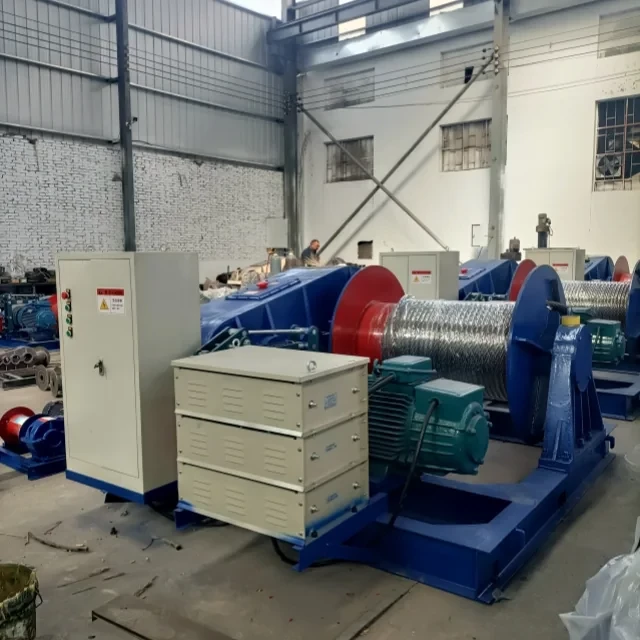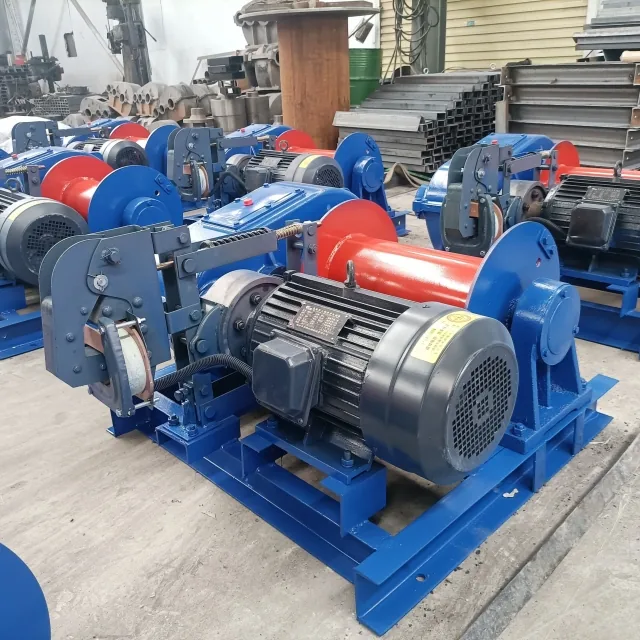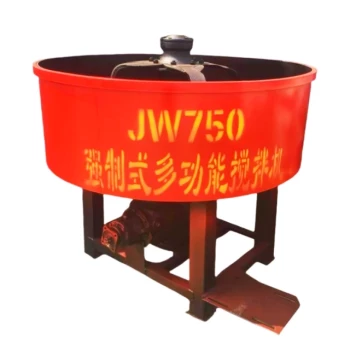Introduction
Proper bearing lubrication isn’t just about following a schedule—it’s about adapting to real-world conditions to prevent costly downtime. Whether you’re managing winches or heavy construction machinery, understanding how load, temperature, and operational stress affect grease degradation can save thousands in repairs. This guide combines industry benchmarks with actionable strategies to help you strike the perfect balance between under- and over-lubrication.
Bearing Lubrication Fundamentals
Why Grease Intervals Matter for Bearing Longevity
Bearings fail prematurely when grease breaks down or contaminants invade. Lubrication forms a protective film that reduces friction and wear. But here’s the catch: too little grease leads to metal-on-metal contact, while excess grease causes overheating and energy waste.
Key factors influencing intervals:
- Operational load: High loads shear grease faster.
- Speed: RPM impacts grease distribution and heat buildup.
- Contaminant exposure: Dust or moisture demands more frequent replenishment.
Ever wondered why identical bearings fail at different rates? The answer often lies in lubrication practices.
Decoding the Three-Day Standard: Industry Benchmarks vs. Reality
Many manuals recommend greasing bearings every three days, but this is a starting point, not a rule. For example:
- Winches under constant heavy loads may need daily checks in dusty environments.
- Stationary machinery in climate-controlled settings might thrive on weekly intervals.
Actionable tip: Start with manufacturer guidelines, then adjust based on wear patterns.
Tailoring Lubrication to Your Environment
Impact of Load, Temperature, and Humidity on Grease Degradation
Grease behaves differently under stress:
- High temperatures thin grease, reducing its protective viscosity.
- Humidity introduces water, which emulsifies grease and accelerates corrosion.
- Heavy loads squeeze grease out of contact zones.
Visual metaphor: Think of grease like sunscreen—reapplication frequency depends on exposure intensity.
Signs Your Bearings Need Off-Schedule Lubrication
Watch for these red flags:
- Unusual noises: Grinding or squealing suggests inadequate lubrication.
- Overheating: Bearings hotter than 160°F (71°C) may have grease breakdown.
- Visible leaks or discoloration: Contaminated grease often darkens.
Did your last bearing failure surprise you? Subtle warning signs likely appeared weeks earlier.
Cost of Neglect vs. Over-Maintenance
Case Study: Bearing Failure Due to Improper Lubrication Intervals
A construction site using Garlway winches ignored humidity effects, leading to:
- $8,200 in replacement costs after bearing seizure.
- 36 hours of downtime during a critical project phase.
Lesson: Environmental factors can override standard schedules.
Calculating ROI of Proactive Grease Management
Investing in condition-based lubrication pays off:
- Labor savings: Reducing unnecessary greasing cuts maintenance time by up to 30%.
- Extended lifespan: Properly lubricated bearings last 2–3× longer.
Formula to try:(Cost of bearing replacement × annual failure rate) – (Labor hours × hourly wage) = Potential annual savings.
Conclusion: Smart Lubrication as a Reliability Strategy
Optimizing bearing lubrication isn’t about rigid rules—it’s about responding to equipment behavior and environmental demands. For Garlway machinery users, this means:
- Audit current practices: Track failures and grease consumption.
- Train teams to recognize early warning signs.
- Partner with experts to analyze grease samples for contamination.
By treating lubrication as a dynamic process, you’ll protect your equipment’s lifespan and avoid the hidden costs of guesswork.
Related Products
- Commercial Construction Mixer Machine for Soil Cement Mixing Concrete
- Portable Concrete Mixer Machine Equipment for Mixing Concrete
- HZS180 Ready Mix Concrete Plant for Foundations with Sand and Cement
- HZS75 Concrete Batching Plant Cement Mixer Price Concrete Mixer Bunnings Mixing Plant
- Hydraulic Concrete Mixer Machine Cement Mixing Equipment for Mixture Concrete
Related Articles
- Optimizing Concrete Mixer Safety: How Proactive Tire and Suspension Maintenance Prevents Catastrophic Failures
- How Ignoring Concrete Mixer Manuals Endangers Workers and Invites Legal Consequences
- How to Build an OSHA-Compliant Safety System for Concrete Mixer Workspaces
- How to Classify and Resolve Concrete Mixer Hazards with Compliance
- How to Choose the Right Concrete Type for Every Construction Challenge



















